





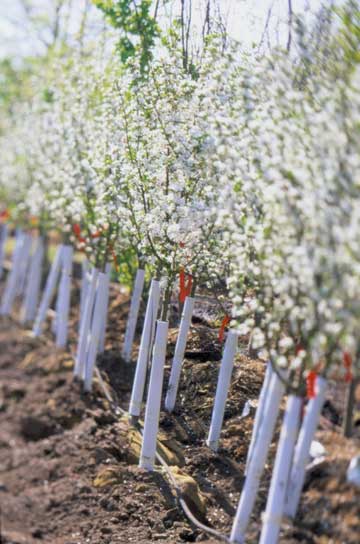
Do a little research. Spend time reading garden magazines and then take note of favorite plants, tools, and tips in a garden journal or folder. You'll be more likely to buy plants that thrive and garden supplies that are truly useful and needed.
Be realistic. Know what you're looking for when you go. If you give yourself a list or budget, it's easier to stick to it and not make unnecessary impulse purchases.
Go with friends. Make a social excursion out of your trip to the garden center and bring some friends with. Get their input on making smart choices to help avoid impulse buys that won't grow in your yard.
Use Plant Encyclopedia to discover the best plants for your yard.
continue reading below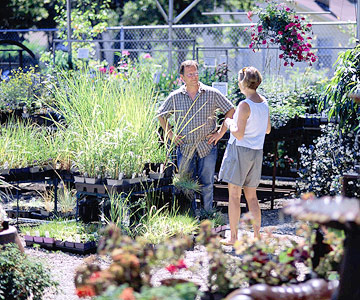
Shop during off hours. A beautiful spring Saturday morning when the garden center is swamped is not a good time to ask garden staff questions or shop in a leisurely, thoughtful way. Friday afternoon, when fresh shipments of new plants are often just in and the crowds are smaller, is a better time.
Stop in often. Good garden centers have a variety of merchandise and plants that they are always rotating in and out. You'll learn more about early spring gardening, for example, if you visit the garden center in early spring and see what's blooming and what's in. You'll learn more about fall gardening if you visit during the fall.
Talk, talk, talk. Ask garden center staff questions -- they'll do their best to help. And be as specific as possible. Bringing in pictures or drawings of your garden is very helpful in communicating what you need.
Read, read, read. The label, that is. The basics are all on the plant label or on the package, but it's amazing how many people don't really spend a moment studying them before they make the purchase.
Save the receipt. Many plants have a one-year guarantee but a receipt is usually needed. Tuck it into that garden journal or folder.
Once you're done shopping, click here to learn secrets to creating a healthy garden.
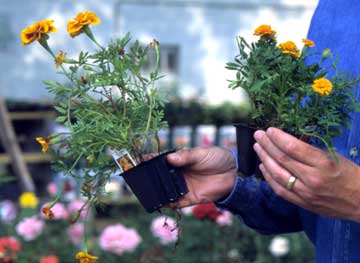
Check out our care guide for annuals to get the most from your flowers.
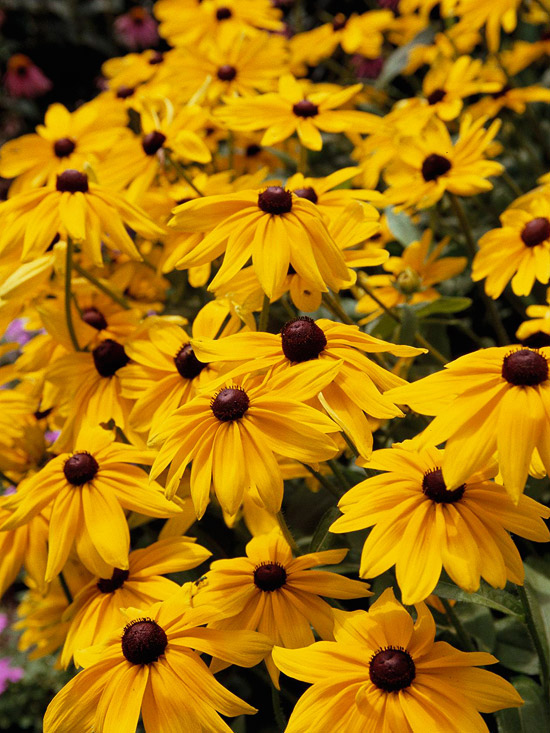
Compare sizes. A 1-gallon pot can sometimes be priced very attractively compared to a 4-inch pot -- or maybe not. Also, if the 1-gallon plant is mature enough, you might be able to divide it upon planting into two or three plants.
Check plant hardiness. Labels give a general idea of what climate a plant will tolerate. Check it closely or your perennial just may be an annual; that is, it will die out over the winter.
Find your USDA Hardiness Zone.
Buy enough to make an impact. Few gardens look good with one perennial tucked in here, another tucked in there, yet another over there. As a rule, buy at least five or six of one perennial so that you can create a cluster in your beds and borders.
Don't forget fall. Fall is a great time to plant yoru favorite perennials. See what your garden center has and take advantage of those crisp fall days to do a little digging.
Test Garden Tip. In fact, fall is the ideal time to come up with stunning combinations of bulbs and early blooming perennials.
Get ideas for beautiful spring plant combos here.
Get tips for keeping your new perennials looking their best!
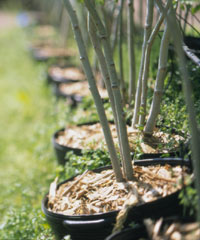
See our tips for keeping your trees and shrubs healthy.
Copyright © www.100flowers.win Botanic Garden All Rights Reserved